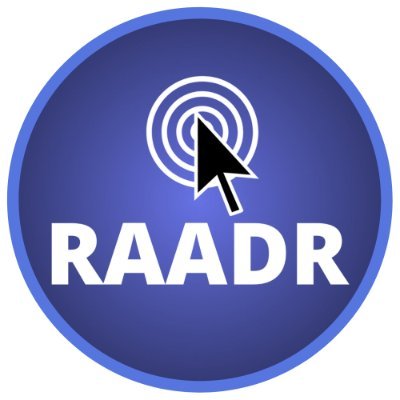RAADR Inc. (OTC:RDAR): SEC Qualifies Form 1-A Regulation A Offering Statement
As the online universe continues to grow, there are negative aspects of it that affect real people in a negative way. For instance, online cyberbullying on social media platforms is quite common nowadays, and that makes RAADR Inc. (OTC:RDAR) an important company.
The company is involved in the development of technology and software that monitors cyberbullying on the internet as well as social media platforms through artificial intelligence. On October 16, the company entered the news cycle after it announced that the United States Securities and Exchange Commission had qualified its Regulation A offering under the provisions of the Securities Act of 1933.
In this regard, it ought to be noted that the company has entered into collaboration with the application development firm Cooperative Computing to work on the more advanced development of its products, powered by artificial intelligence. Through the collaboration, the company was successful with the launch of the RAADR 2.0 parent monitoring application for iOS in February 2023 and in January 2023 on the Google Play Store. It should be noted that the company had made plans to eventually launch an app subscription marketing initiative in the first quarter of next year. Initially, the company set a milestone of 10,000 new subscriptions a month so as to generate projected revenues in the range of $29500 and $49500 a month. The company also stated that it expected recurring revenues to begin by the third quarter of 2024.
The company announced that its tiered pricing would begin at $1.95 a month, then $4.95 a month, and finally $9.95 a month. The customer would have no contractual commitment. RAADR revealed that there were 35.2 million households in the United States that had children under the age of 18, and it was the goal of the company to get into 50,000 of those households in the first 12 months.
The company went on to note that in two years it wished to hit 500,000 households, and in five years it wanted to take the number to 2 million. If those numbers are hit, then the company would bring in yearly revenues in the range of $1.7 and $2.9 million in the first year; by the end of the second year, it would be in the range of $17.94 and $29.94 million; and in the third year, it would hit the $71.76 and $119.76 million range.
